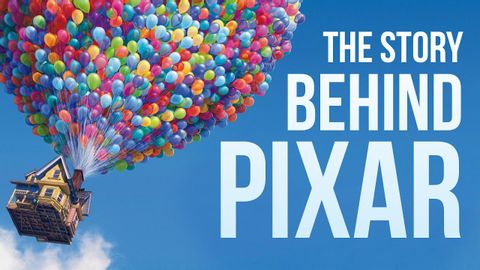
Subtitles & vocabulary
Pixar: The Story Behind the Studio
00
April Lu posted on 2018/06/21Save
Video vocabulary
struggle
US /ˈstrʌɡəl/
・
UK /'strʌɡl/
- Verb (Transitive/Intransitive)
- To try very hard to do something difficult
- To fight or struggle violently
- Noun (Countable/Uncountable)
- Strong efforts made to do something difficult
- A difficult or challenging situation or task
A2
More period
US /ˈpɪriəd/
・
UK /ˈpɪəriəd/
- Noun (Countable/Uncountable)
- Set amount of time during which events take place
- A way to emphasize what you will say
A1TOEIC
More experience
US /ɪkˈspɪriəns/
・
UK /ɪk'spɪərɪəns/
- Countable Noun
- Thing a person has done or that happened to them
- An event at which you learned something
- Noun (Countable/Uncountable)
- Knowledge gained by living life, doing new things
- Previous work in a particular field.
A1TOEIC
More character
US /ˈkærəktɚ/
・
UK /'kærəktə(r)/
- Noun
- Person in a story, movie or play
- Writing symbols, e.g. alphabet or Chinese writing
A2
More Use Energy
Unlock All Vocabulary
Unlock pronunciation, explanations, and filters
